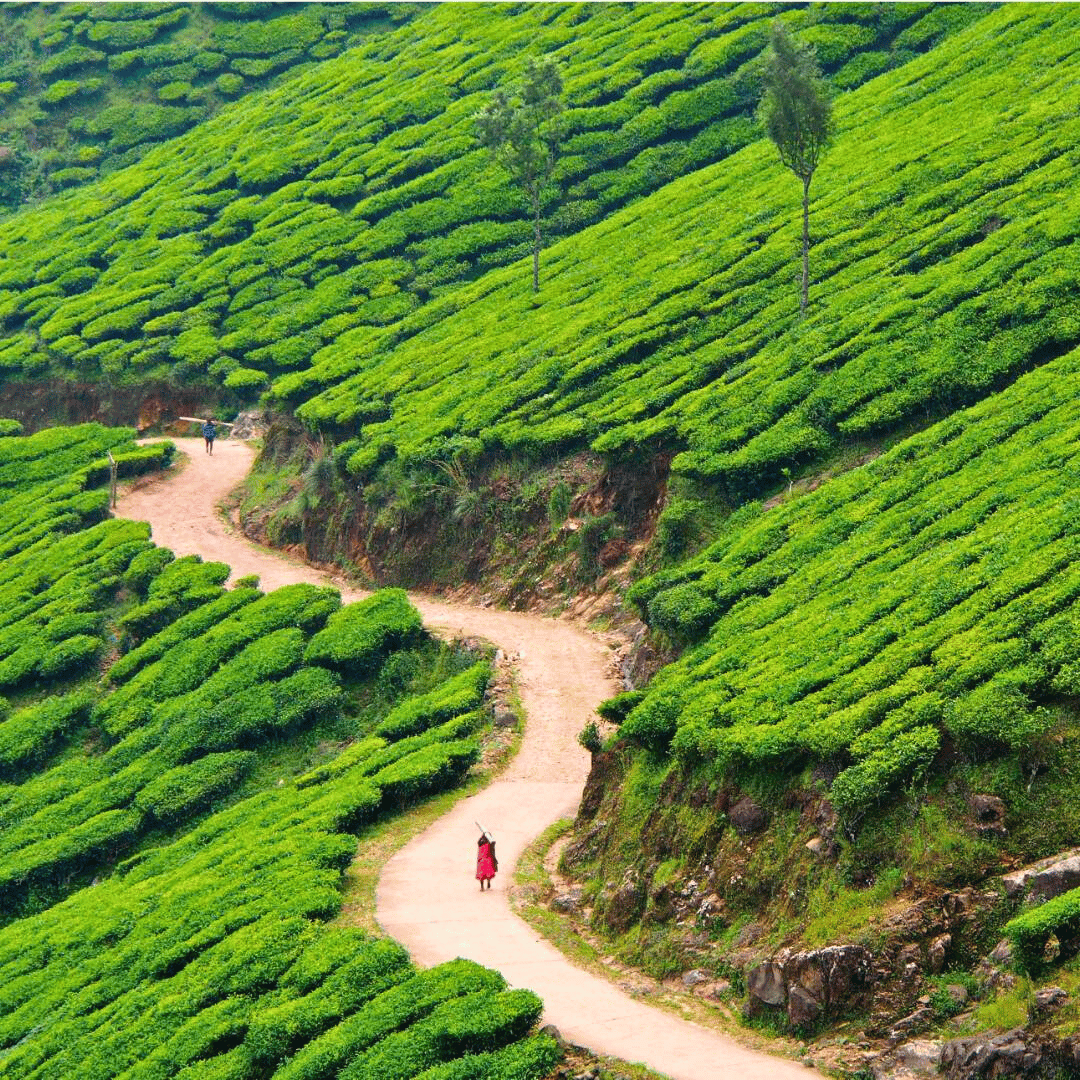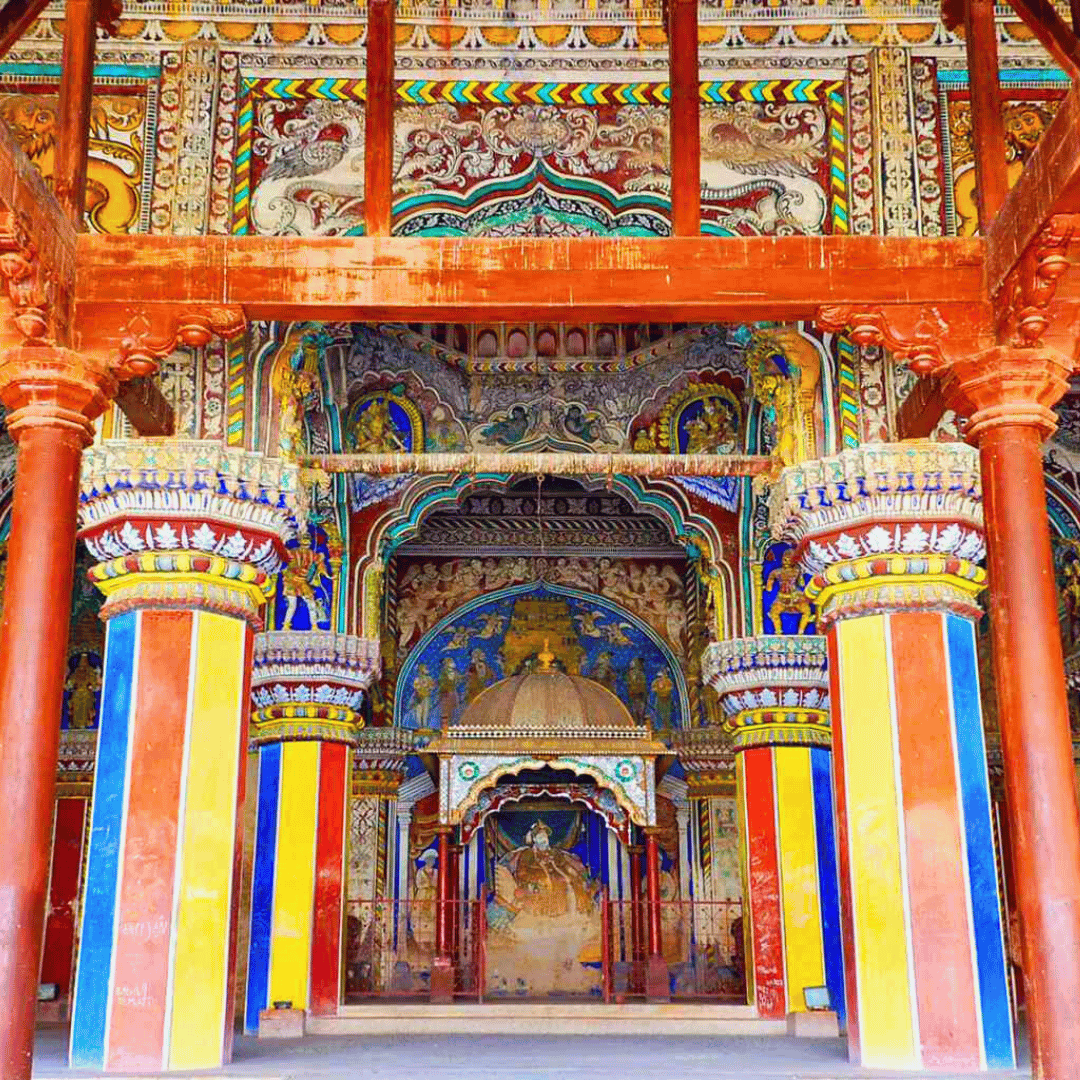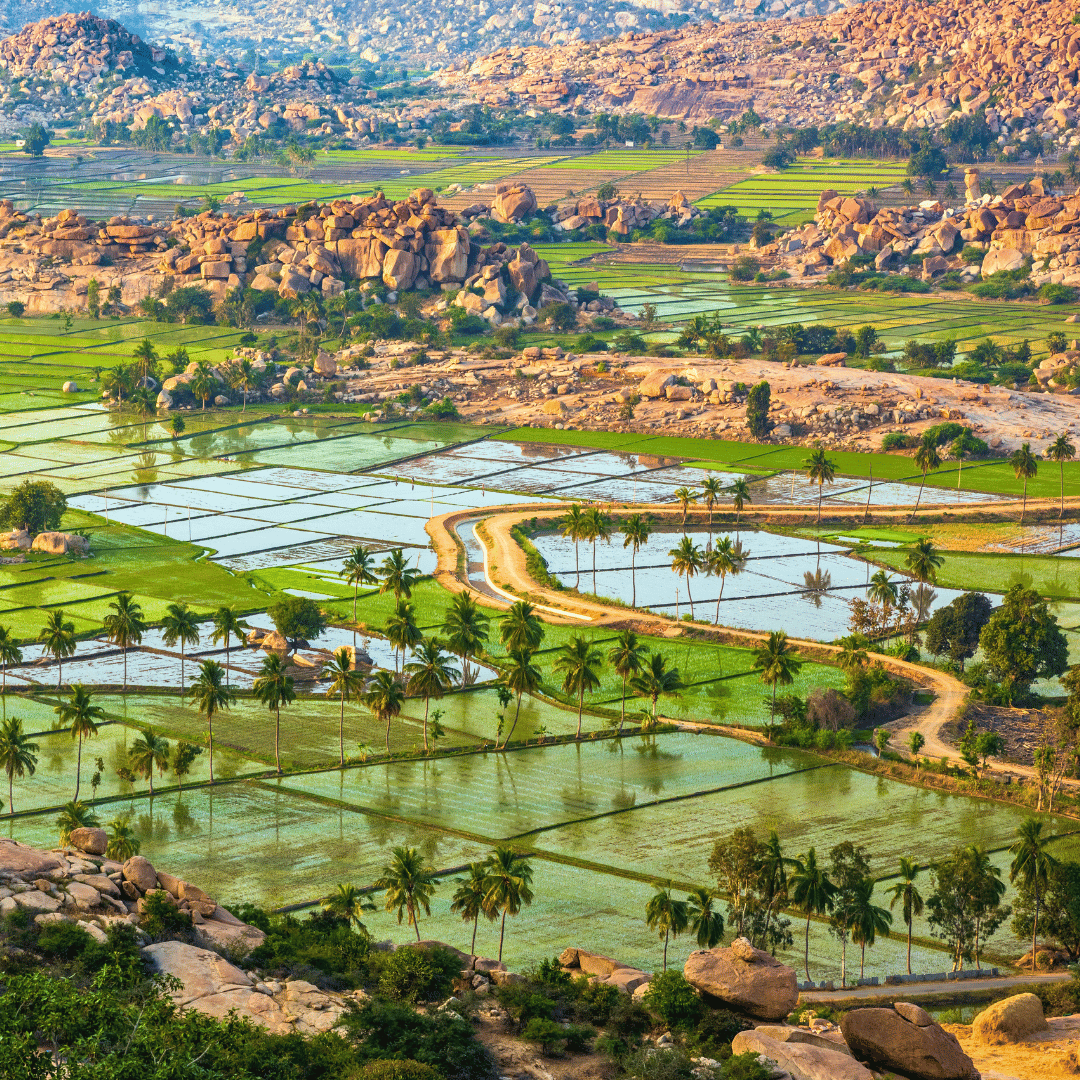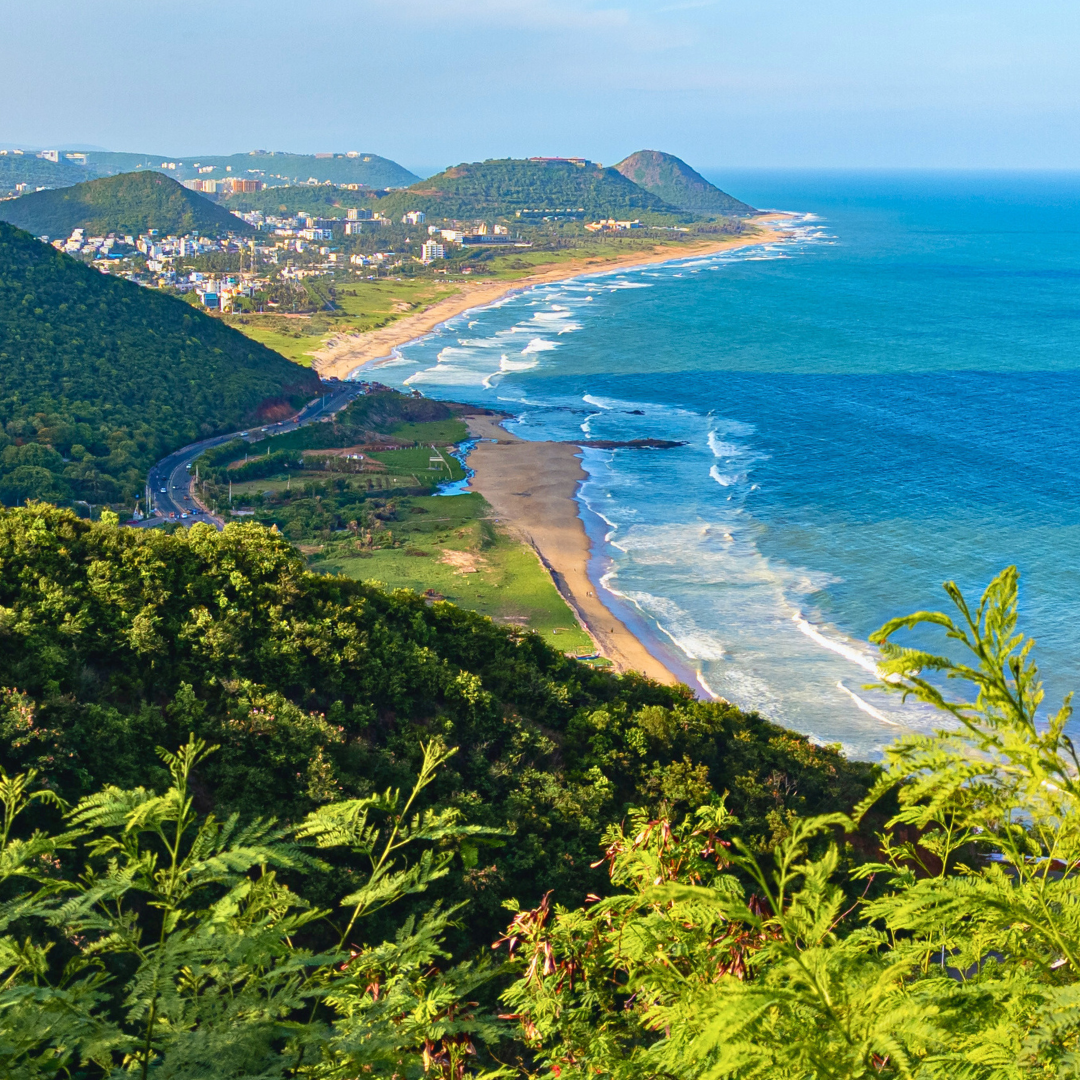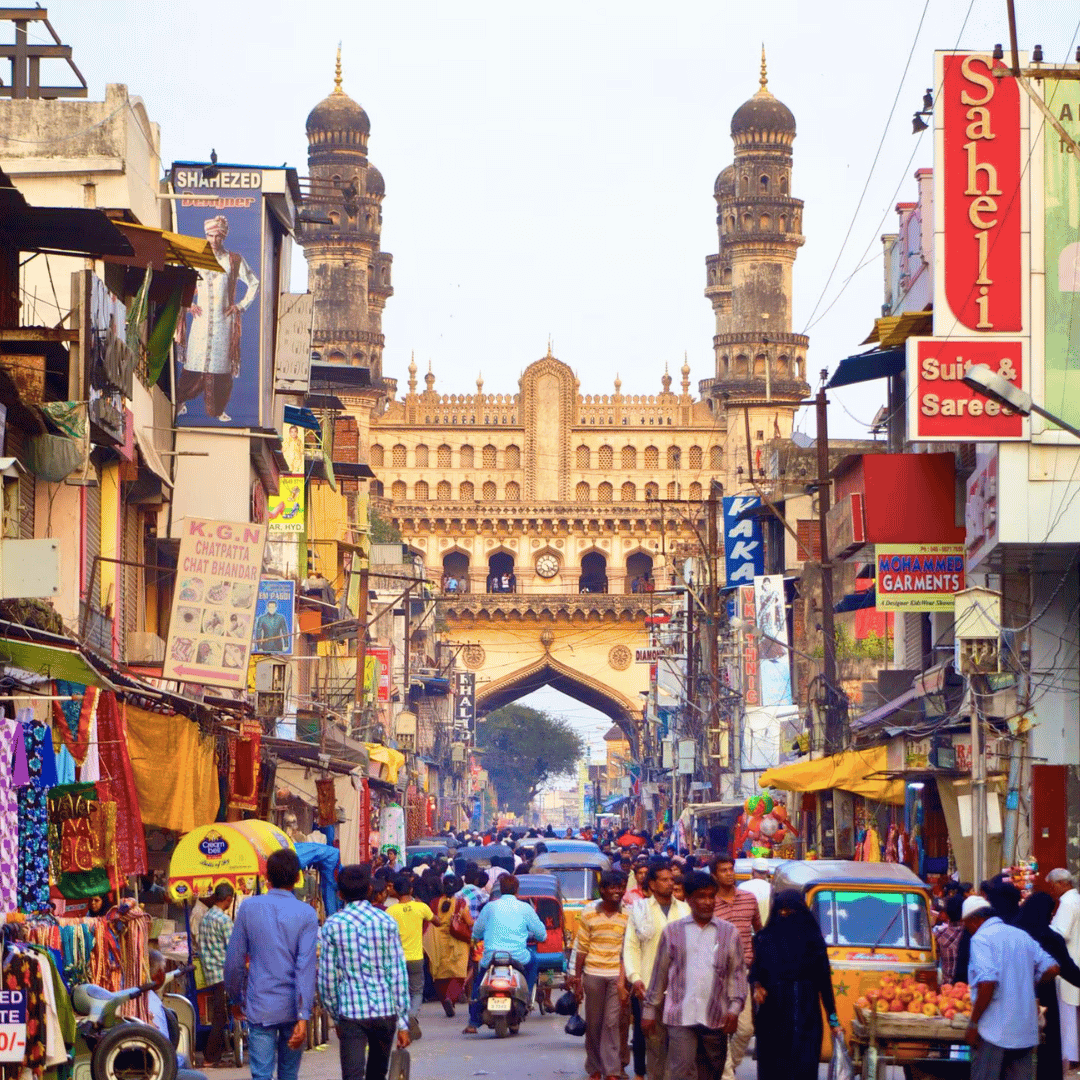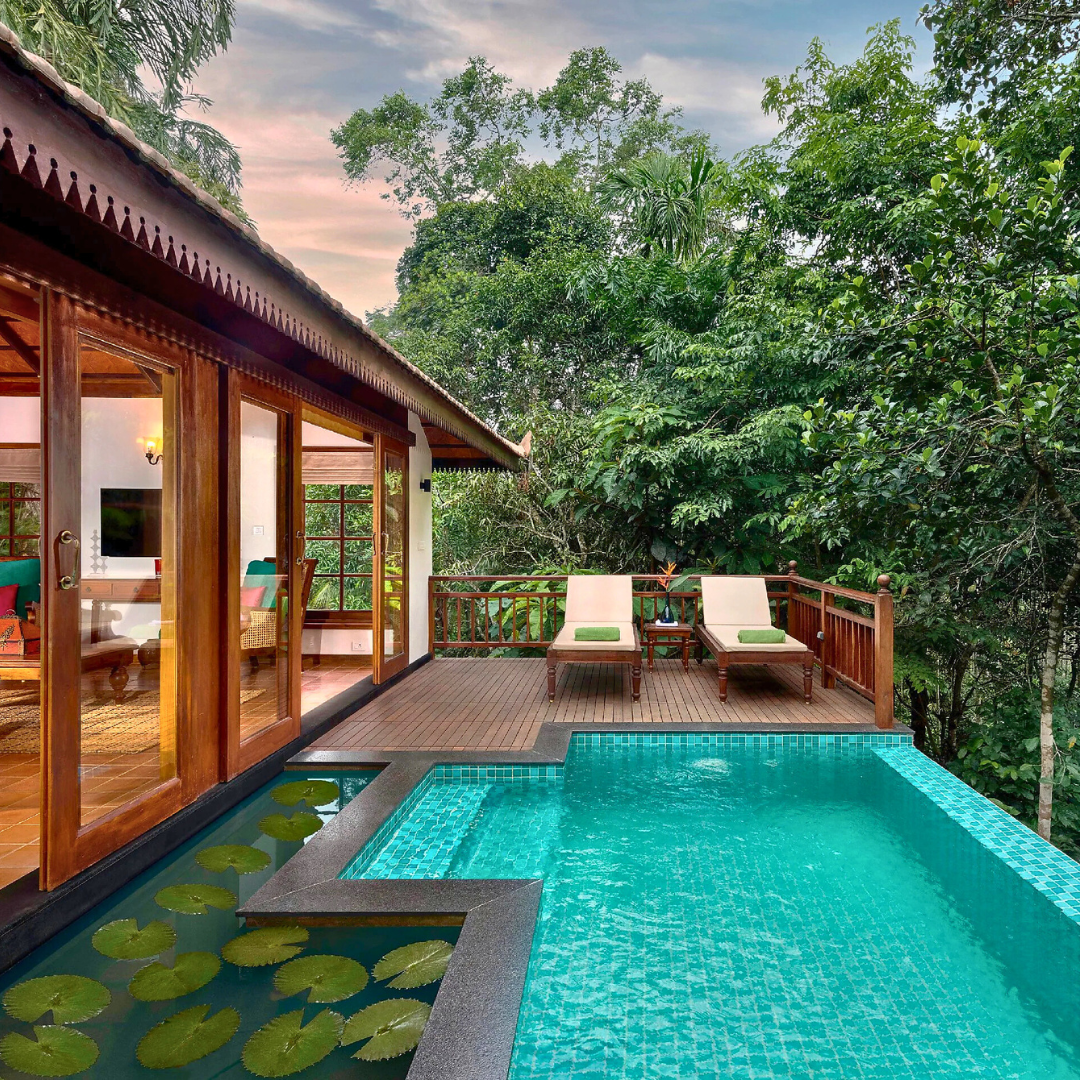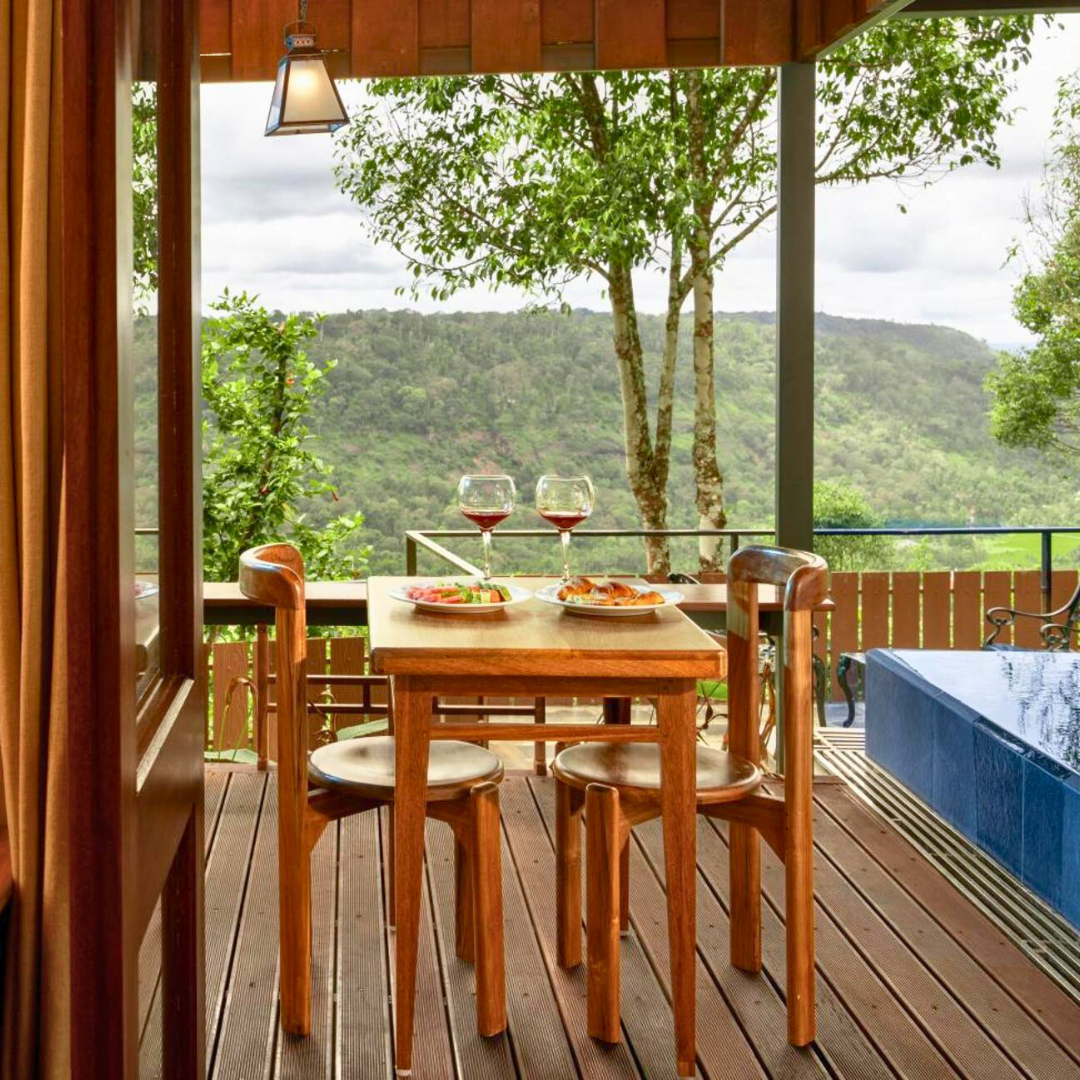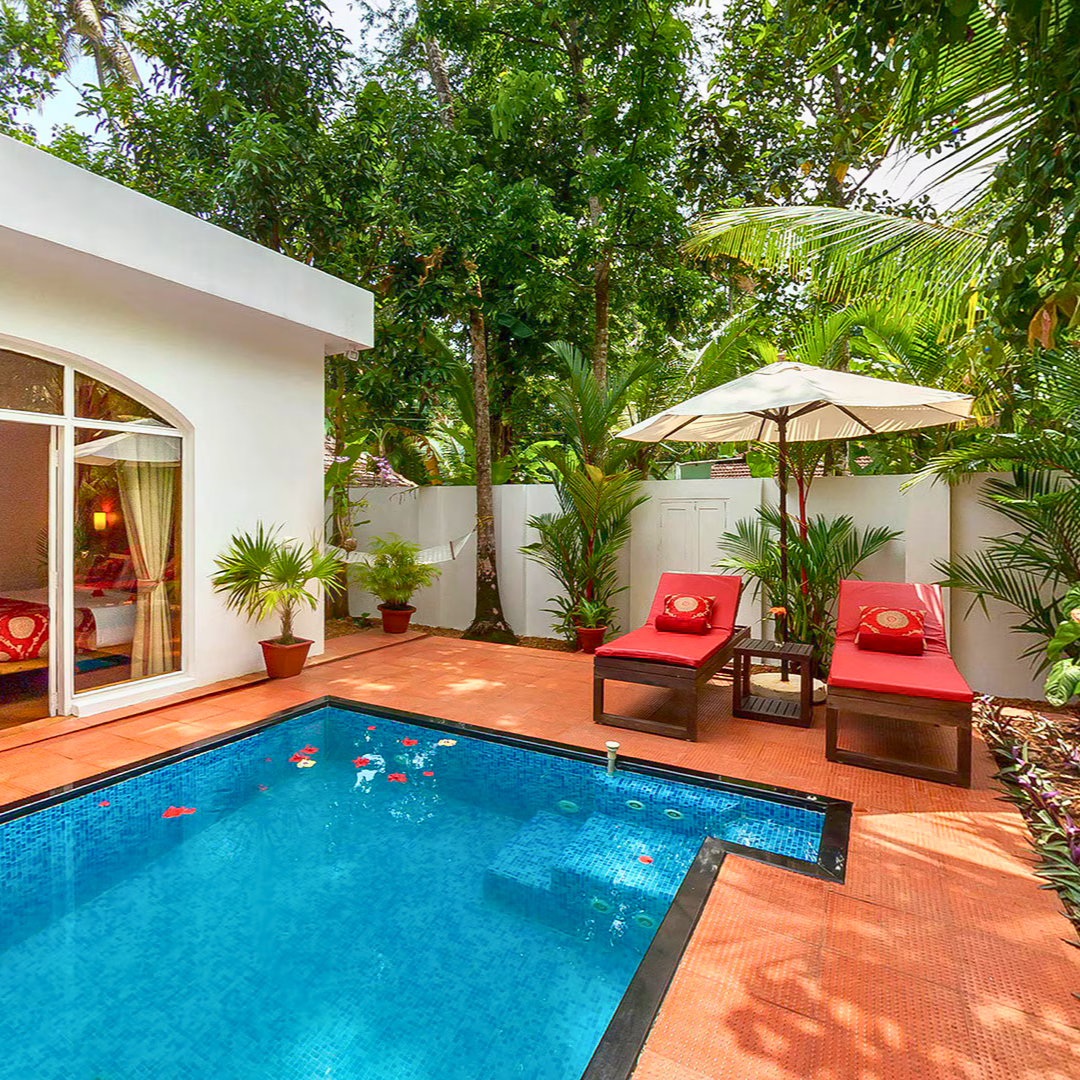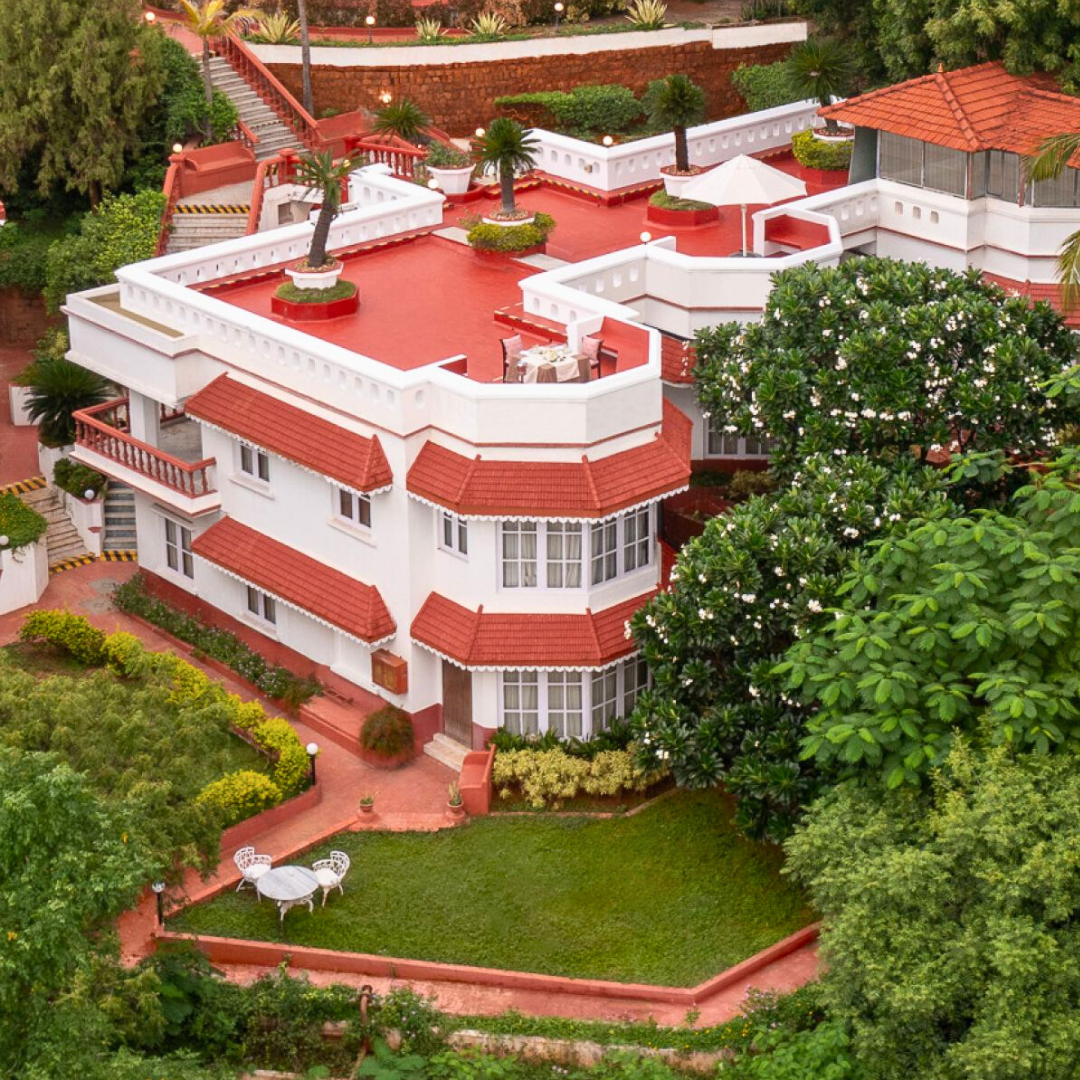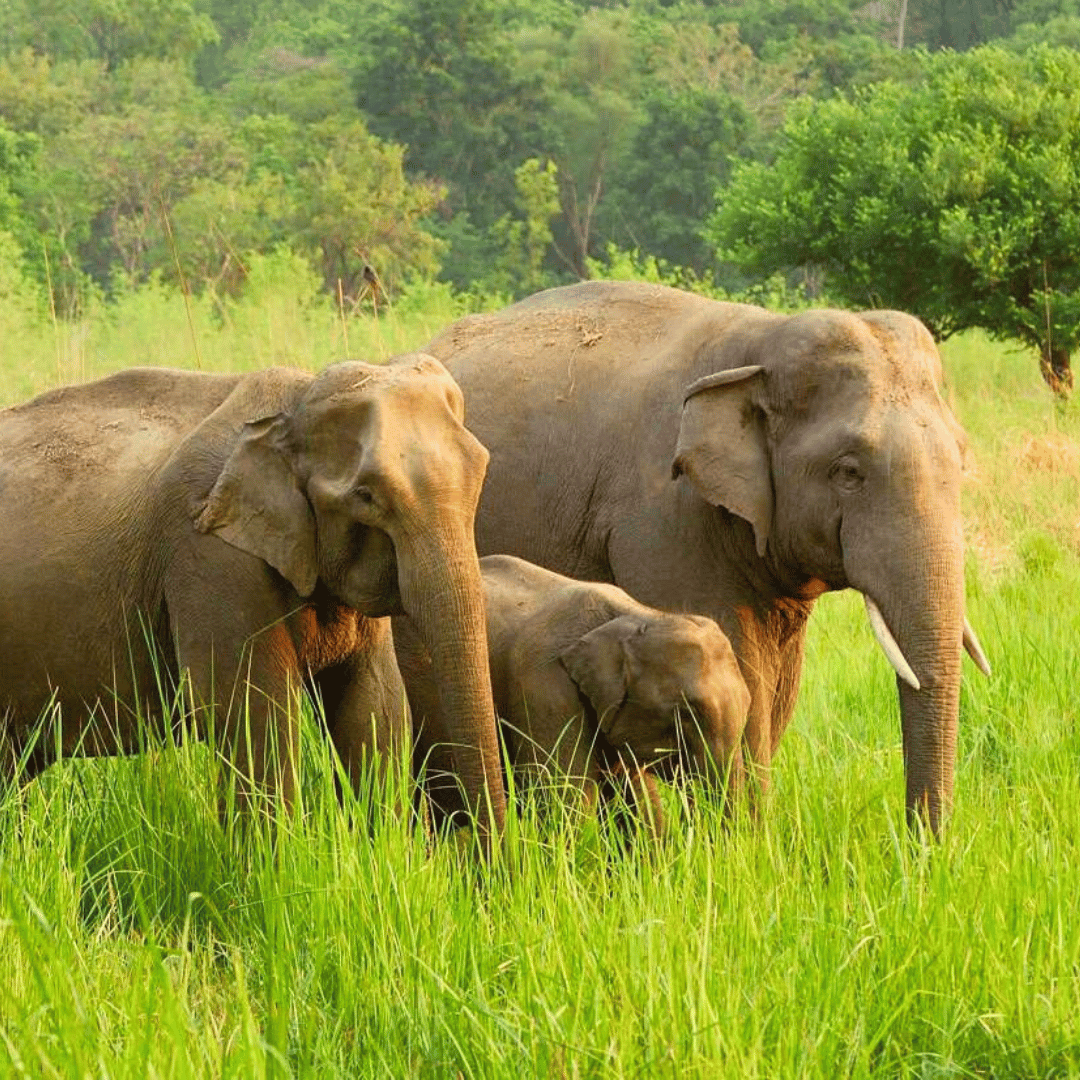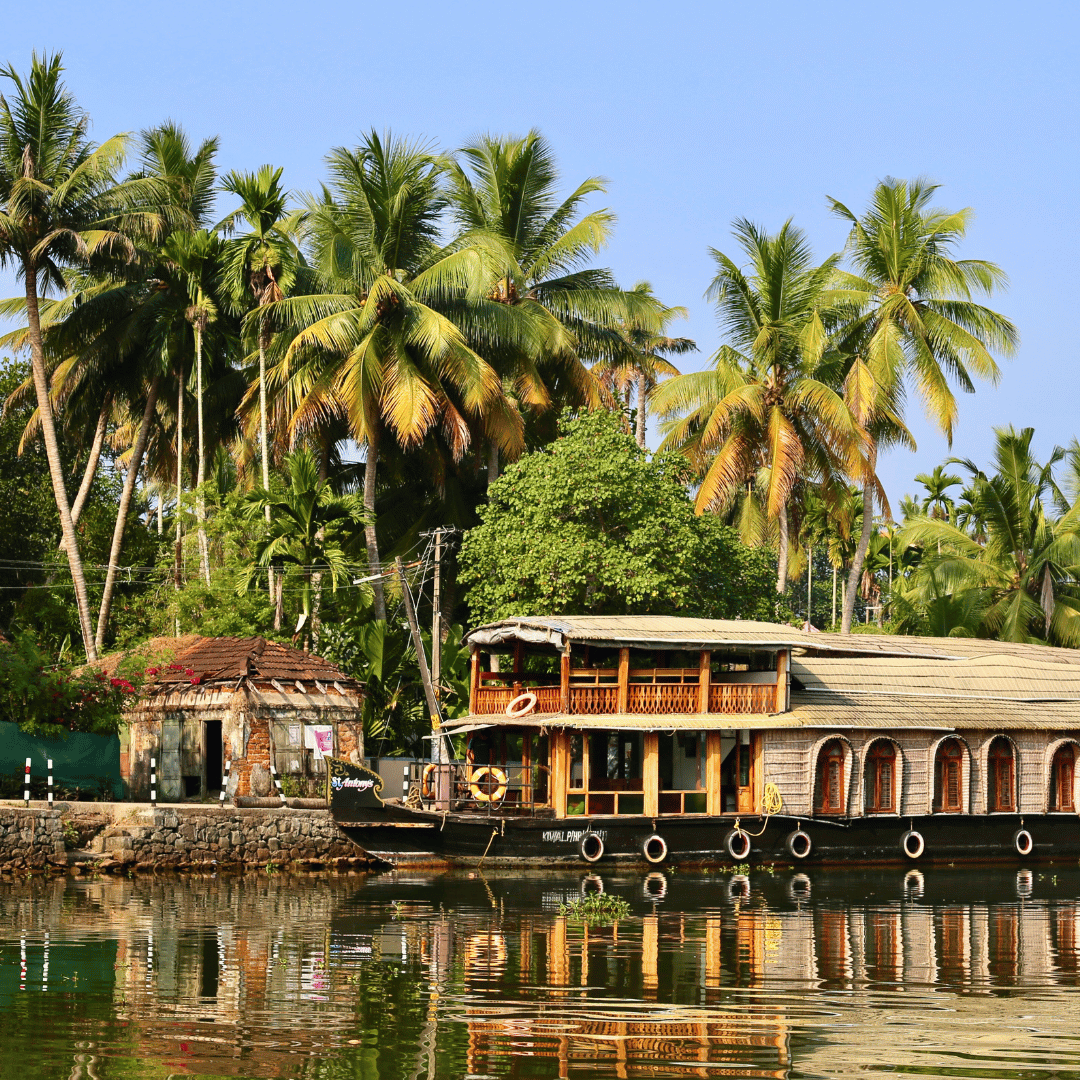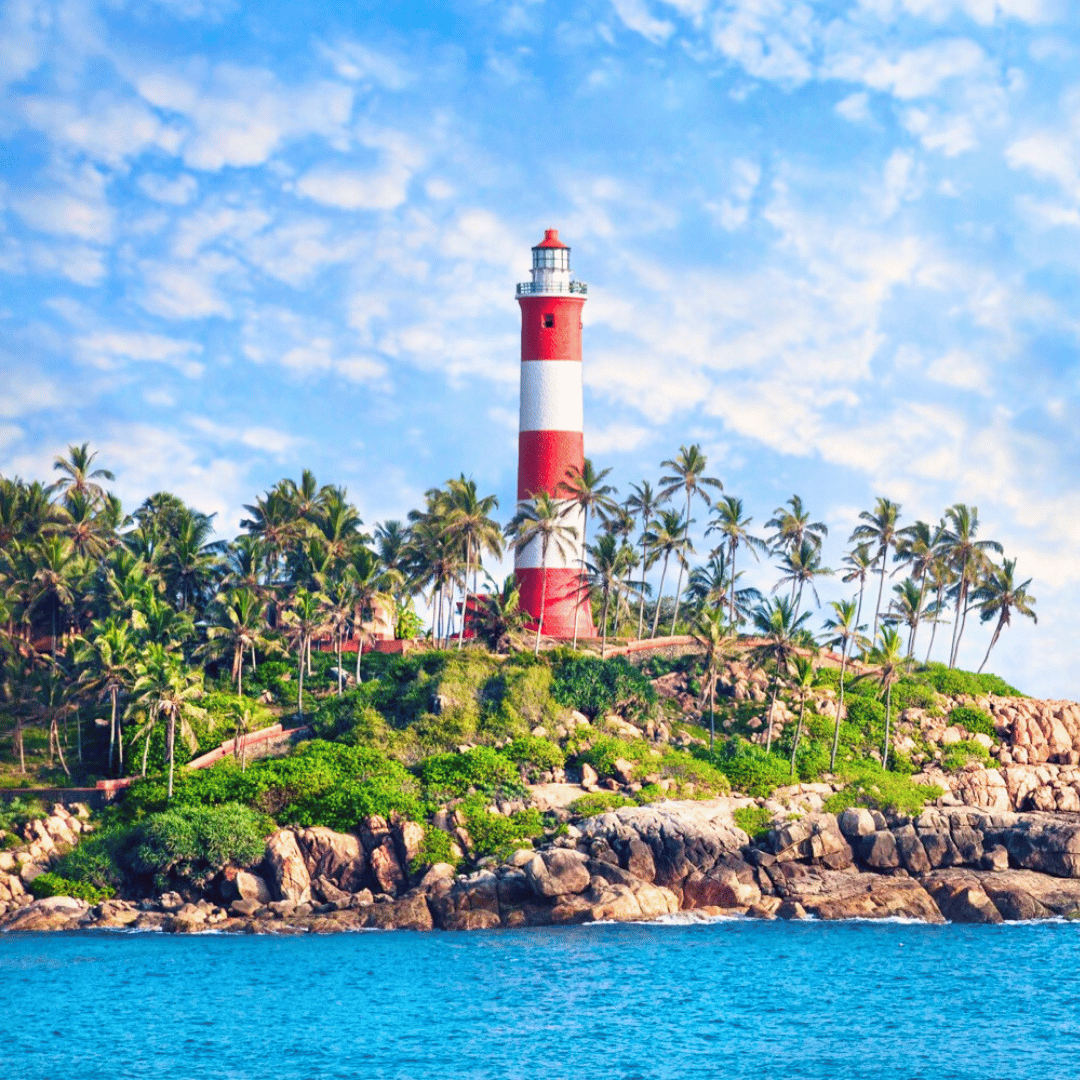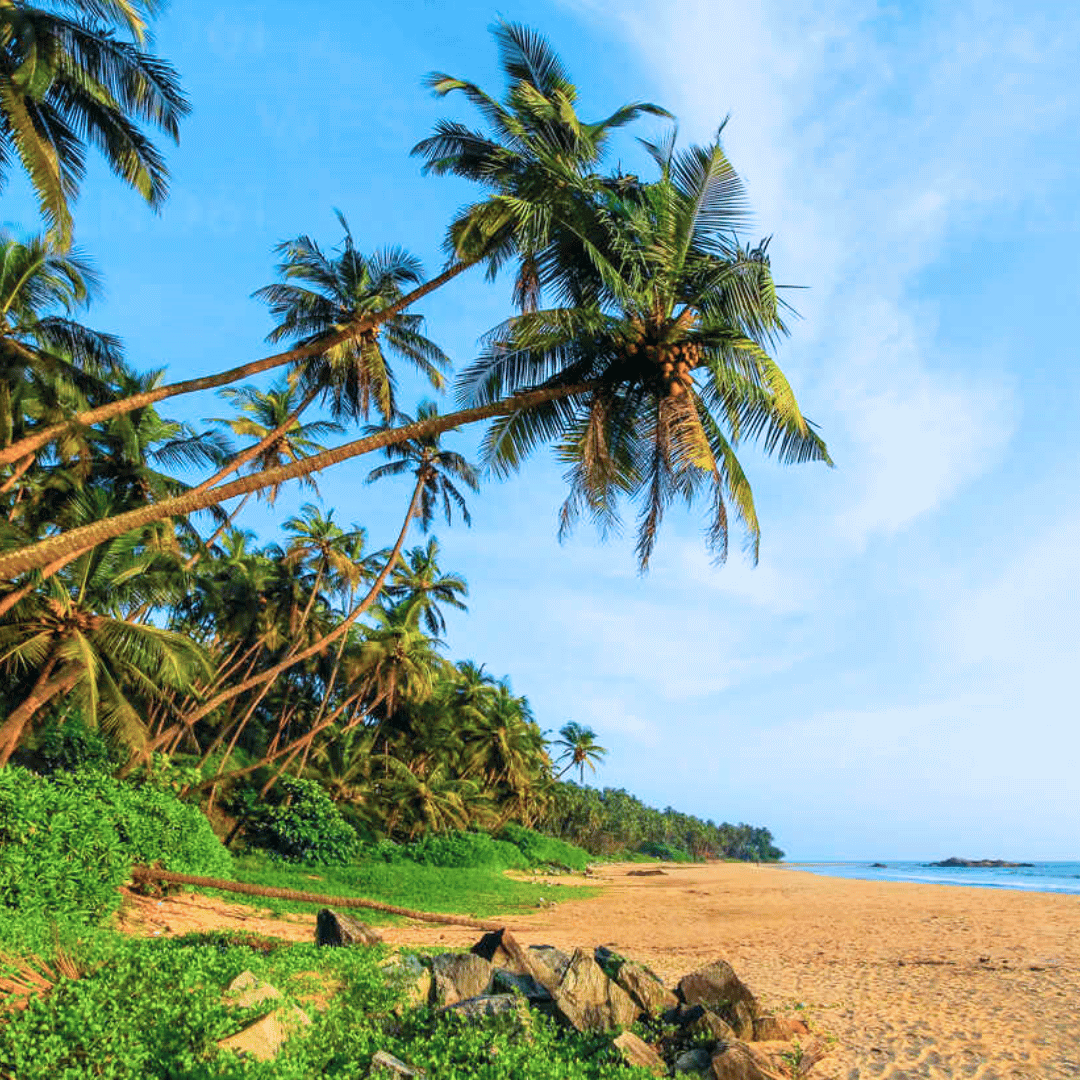
South India Tours
Offering travellers a journey through lush landscapes, ancient history, and vibrant local culture, South India is a region of rich contrasts. Bordered by the Arabian Sea and the Bay of Bengal, it includes the states of Kerala, Tamil Nadu, Karnataka, Andhra Pradesh, and Telangana, along with the union territories of Pondicherry and Lakshadweep. One of the most popular destinations in South India is Kerala, known for its network of backwaters, spice gardens, tea-covered hills, and a longstanding tradition of Ayurveda and wellness retreats. Tamil Nadu showcases centuries of temple architecture, from the Chola bronzes of Tanjore to the towering gopurams of Madurai, while also preserving classical music and dance traditions. Karnataka features the spectacular ruins of Hampi, the regal palaces of Mysore, and the coffee plantations of Coorg, alongside the modern innovation hub of Bangalore. With a fraction of the tourists, Andhra Pradesh offers Buddhist archaeological sites, sacred temples like Tirumala, and coastal towns with strong craft traditions. Telangana blends Deccan-era history with a contemporary edge in Hyderabad, home to historic monuments, bustling markets, and renowned cuisine. A longtime fan favourite amongst travellers, Pondicherry provides a glimpse into French colonial heritage with its quiet lanes and seaside cafes, while Lakshadweep, India’s smallest union territory, offers pristine islands with coral reefs and clear waters ideal for diving. With its diversity of landscapes, regional cuisines, languages, and cultural expressions, South India is layered, engaging, and well-suited to travellers seeking depth and variety.
Popular Destinations In South India
South India Hotel Recommendations
South India Travel Advice
-
Before visiting South India, it’s helpful to understand the region’s rhythm, cultural nuances, and how best to navigate day-to-day travel. The pace is often slower than in the north, particularly in rural areas and smaller towns. This allows for a more reflective travel experience, but it also means being prepared for a different sense of time - shops may close in the afternoon, and schedules can be fluid.
Temples and religious sites are an integral part of life across the region. Many are active places of worship, not just tourist destinations. Visitors are generally welcome, but certain areas may be off-limits, and it’s important to follow posted guidelines or local instructions. Photography may be restricted, and temple customs vary between locations.
Transport is best planned in advance. Trains are a scenic way to travel longer distances but can book out early. Hiring a car with a driver is a practical and flexible option, especially when visiting less accessible areas. In cities, auto-rickshaws are common for short trips, and app-based taxis like Uber are available in most major urban areas.
Connectivity is good across much of the region. A local SIM card is easy to obtain and helps with maps, bookings, and staying in touch. Mobile signal is generally reliable, including in many rural areas.
Cash is still essential in smaller towns and villages. While digital payments and cards are widely accepted in cities, it’s useful to keep cash on hand for local markets, transport, and small purchases. ATMs are common, but may not always be nearby in more remote areas.
South India is known for its hospitality and gentle social codes. A respectful approach goes a long way. Public displays of affection are uncommon, and it’s always polite to ask before taking someone’s photo. Travel here is more about presence than pace - taking the time to observe, to listen, and to engage.
-
South India is generally considered to include the following states, which are geographically located in the southern part of the Indian subcontinent.
Tamil Nadu - Known for its Dravidian temple architecture, classical dance and music traditions, and a strong Tamil cultural identity.
Kerala - Recognised for its backwaters, high literacy rates, unique matrilineal communities, and a blend of Hindu, Christian, and Muslim influences.
Karnataka - Home to diverse landscapes, historic temple towns like Hampi, and tech-focused cities like Bengaluru.Andhra Pradesh - Features a mix of coastal plains and temple towns, with a rich Telugu cultural heritage.
Telangana - Formed in 2014, it shares linguistic and cultural ties with Andhra Pradesh but also has distinct Deccan influences, especially in Hyderabad.In addition to these core southern states, Goa is often included geographically, though its Portuguese colonial heritage and predominantly Catholic population set it apart culturally from the Dravidian south.
Similarly, Puducherry (Pondicherry), a Union Territory, is located within Tamil Nadu and geographically part of the south, but has its own distinct history due to French colonial rule.
Finally, the southern parts of Maharashtra and Odisha, though not culturally South Indian, are geographically close and may sometimes be included in broader regional travel routes.
-
South India is linguistically diverse, with each state having its own primary language, most of which belong to the Dravidian language family. The major languages spoken in South India are:
Tamil - Spoken in Tamil Nadu and widely considered one of the oldest living languages in the world. It’s also used in parts of Sri Lanka, Singapore and Malaysia.
Malayalam - The official language of Kerala and the Union Territory of Lakshadweep. It shares some vocabulary with Tamil and Sanskrit but has a distinct script and structure.
Kannada - Spoken in Karnataka. Like Tamil and Malayalam, it has a long literary history and a unique script.
Telugu - Spoken in both Andhra Pradesh and Telangana. Telugu has the second-highest number of native speakers in India after Hindi.
Tulu and Konkani - Regional languages spoken in parts of Karnataka, Kerala, and Goa. Though smaller in number of speakers, they are culturally significant in their respective regions.
English is widely used in education, business, and tourism, especially in cities and among younger generations. It often serves as a link language between speakers of different regional languages, even domestic travellers from North India.
-
South India generally experiences a tropical climate, but weather conditions vary by region - coastal, inland, or highland - and by season.
Winter (December to February) is the most comfortable time to visit South India. The weather is generally dry, with clear skies and low humidity, making it ideal for sightseeing, wildlife viewing, and exploring cities or coastal areas. Temperatures are mild across the region, ranging from 20°C to 30°C in the lowlands and coastal areas, while hill stations such as Munnar, Wayanad and Ooty can see temperatures dip to around 10°C. This season offers the most consistent conditions for travel across all states.
Summer (March to May) brings rising temperatures and, in many places, a dry heat. Coastal regions remain humid, while inland cities and plains can see daytime temperatures climb above 35°C, occasionally reaching 40°C. While this is not the most popular season for travel in lowland areas, it’s an excellent time to visit higher-altitude destinations such as the Nilgiris or the Western Ghats, where temperatures remain cooler and conditions pleasant.
Southwest Monsoon (June to September) arrives in June and is strongest in Kerala, coastal Karnataka and the Western Ghats. Rainfall is often heavy and frequent, especially in hill regions, bringing a dramatic transformation to the landscape - rivers swell, forests flourish, and everything turns a deep green. Temperatures during this time tend to range from 25°C to 35°C. While the lush scenery is striking, travel can be affected by road conditions, localised flooding or landslides in some areas.
Northeast Monsoon (October to November) mainly affects Tamil Nadu and parts of coastal Andhra Pradesh, bringing heavy rainfall to areas that are relatively dry during the rest of the year. Temperatures are moderate, generally around 30°C, and while there is less rain than during the southwest monsoon, it can still be significant - especially in Chennai and surrounding regions. In contrast, Kerala sees lighter rainfall during this period and conditions begin to stabilise in time for the start of the winter travel season.
Overall, December to February is considered the most reliable and comfortable time for travel across all parts of South India. -
In South India, clothing should be lightweight, comfortable, and respectful of local customs. While urban centres tend to be more relaxed, modest dress is generally expected, especially in smaller towns and at religious sites. Loose-fitting clothes made from breathable fabrics like cotton or linen are ideal for most of the year. Many travellers find Indian-style outfits such as kurtas or salwar-kameez both practical and appropriate, but long trousers, skirts, and tops that cover the shoulders are also perfectly suitable.
The cooler months from December to February are mild in most areas, but if you’re visiting higher-altitude destinations like Munnar, Ooty or Wayanad, it’s worth packing a light jumper or shawl for early mornings and evenings. In the hotter summer months from March to May, temperatures can be intense, particularly inland. Light-coloured clothing, sun protection such as a hat or scarf, and staying covered to avoid sun exposure are all sensible approaches.
During the monsoon seasons (June to September in most parts, October to November in Tamil Nadu), rainfall can be heavy and sudden. Fast-drying fabrics, a compact umbrella or rain jacket, and waterproof footwear are recommended. In rural or low-lying areas, roads and paths may become muddy, so avoid long garments that drag on the ground.
When visiting temples or religious sites, modest clothing is essential. Both men and women should cover their shoulders and knees, and some temples may require traditional garments or have separate dress codes for certain areas. Footwear must always be removed before entering temple complexes, so shoes that are easy to slip on and off are practical.
Footwear in general should suit the climate and terrain. Open sandals are ideal for the heat and convenient for frequent temple visits. For walking tours or visits to hill stations, lightweight trainers or closed shoes provide more support. During the monsoon, waterproof sandals or shoes will make a noticeable difference in comfort.
Overall, a thoughtful approach to clothing will ensure you are comfortable, culturally respectful, and well-prepared for the range of experiences South India offers.
-
South India’s cuisine is deeply regional, diverse, and rooted in tradition, offering a wide range of flavours and ingredients that vary from state to state. Rice, lentils, coconut, curry leaves, and spices form the foundation of many dishes, with an emphasis on fresh, seasonal produce and time-honoured preparation methods.
Breakfast in South India is often built around dishes like dosa and idli. Dosas are thin, crisp pancakes made from fermented rice and lentil batter, typically served with sambar - a spicy lentil and vegetable stew - and fresh coconut chutney. Idlis, made from the same batter, are steamed and soft, offering a light and nourishing start to the day.
Sambar and rasam are two staples that appear across meals. Sambar is hearty and vegetable-rich, while rasam is thinner and tangy, flavoured with pepper, tomato, and tamarind. Both are usually paired with rice and are integral to a traditional South Indian plate.
Thali meals offer an ideal way to experience variety in one sitting. Typically served on a banana leaf or metal tray, a thali consists of small portions of multiple dishes - rice, lentil stews, vegetables, curd, pickles, and a sweet - reflecting local culinary styles and changing with the seasons.
In coastal areas such as Kerala and parts of Tamil Nadu and Karnataka, seafood is central to the cuisine. Dishes like Meen Moilee, a mild fish curry in coconut milk, or prawn masala made with bold spices are common. Preparation styles range from subtly flavoured to intensely spiced, often depending on local traditions and available ingredients.
Tamil Nadu’s Chettinad region is known for its rich, aromatic dishes with complex spice blends. The cuisine here features pepper-heavy meat curries, distinctive vegetable preparations, and snacks like kuzhi paniyaram - crisp dumplings made from fermented batter.
In Kerala, a ceremonial vegetarian feast called sadya is a highlight during festivals and special occasions. Served on a banana leaf, it includes an array of dishes like avial (a mix of vegetables cooked with coconut and yoghurt), pachadi (a sweet-sour spiced yoghurt preparation), and several types of pickles and side dishes, always accompanied by rice.
Throughout the region, snacks and street food add another layer to the food culture. From banana chips and pazham pori (fried ripe banana fritters) in Kerala to vadas, bondas and murukkus in Tamil Nadu, these items are widely enjoyed between meals or with tea.
South Indian filter coffee is a ritual in itself - strong, smooth, and served with milk in a metal tumbler and bowl. It's an essential part of daily life, particularly in Tamil Nadu and Karnataka, and is often enjoyed at breakfast or as an afternoon pause.
-
The ideal length of time to spend in South India depends on your interests and how much of the region you want to explore, but here’s a general guide:
8 - 10 Days: Enough for a focused itinerary through one or two regions. For example, a week in Kerala could include Fort Kochi, the backwaters, Periyar Wildlife Sanctuary, and a beach or hill station. Alternatively, a trip through Tamil Nadu might take in Chennai, Pondicherry, Tanjore and Madurai. Travel distances are manageable, but you'll still need to be selective with stops.
13 - 15 Days: Allows for a more balanced journey across two or more states, blending cultural sights with nature and downtime. A common route might start in Tamil Nadu with its temple towns, then cross into Kerala for the spice hills, backwaters and beach. This timeframe offers enough breathing room to travel overland without feeling rushed.
18 - 21+ Days: Ideal for travellers wanting to go deeper or cover a wider section of the south. This could include Karnataka’s historic sites like Hampi and Mysore, the coffee estates of Coorg, Kerala’s coast and backwaters, and parts of Telangana or even Goa. With three weeks, you can build in rest days, time in smaller towns, and avoid internal flights if preferred.
Ultimately, two weeks is a good starting point for a first visit, offering a mix of experiences without being overwhelming. With more time, you can explore lesser-visited areas, travel at a gentler pace, and experience the depth and variety South India offers.
-
The differences between North India and South India are significant and shape everything from the architecture you’ll see to the rhythm of daily life. These distinctions are rooted in geography, history, language, religion, and cultural expression. While both regions offer rich travel experiences, they each feel quite distinct.
Culturally, North India has been influenced by centuries of Islamic rule, including the Mughal Empire, which left a legacy of domed mosques, ornate forts, and Persian-influenced art and cuisine. South India, on the other hand, has retained a stronger continuity with its ancient Dravidian roots, seen in its elaborate temple complexes, classical dance forms like Bharatanatyam, and highly localised traditions.
Architecturally, the north is known for Mughal-era structures such as the Taj Mahal, Red Fort, and grand Islamic monuments. In contrast, South India’s architecture is defined by towering temple gopurams (gateways), intricately carved stone pillars, and long-standing Hindu sanctuaries that are still active centres of worship.
Linguistically, North India is dominated by Indo-Aryan languages like Hindi, Punjabi, and Urdu, while South India is home to Dravidian languages such as Tamil, Telugu, Kannada, and Malayalam. These language families are entirely distinct in script and structure.
Religious expression also varies. Hinduism is practised widely in both regions, but in South India, temple culture remains deeply integrated into everyday life, with regular festivals, rituals, and long-standing community ties. North India’s religious landscape is more varied, with visible Islamic, Sikh, and Buddhist influences in daily life and architecture.
Geographically, the landscapes of North India and South India are as distinct as their cultures and histories, shaping the character of travel in each region.
In North India, the geography ranges from the towering peaks of the Himalayas in states like Himachal Pradesh and Uttarakhand to the expansive plains of the Ganges River basin. The Thar Desert dominates parts of Rajasthan, while regions like Punjab and Uttar Pradesh are marked by fertile farmland. This varied terrain supports a wide mix of climates and experiences - from trekking in mountain towns to exploring sandstone forts and palaces in arid desert cities.
In comparison, South India is largely peninsular, flanked by the Arabian Sea to the west and the Bay of Bengal to the east. Its landscapes are greener and more tropical, with coastal lowlands, rolling hills, and dense forests. The Western Ghats, a UNESCO-listed mountain range, stretch down the spine of the region, creating a patchwork of tea and spice plantations, wildlife reserves, and hill stations. Inland rivers and canals feed the famous backwaters of Kerala, while the beaches of Karnataka, Kerala and Tamil Nadu offer both quiet retreats and bustling fishing communities.
While North India tends to offer dramatic contrasts - from snow-capped peaks to scorching desert - South India presents a more consistent, lush landscape marked by palm trees, rice paddies, and forested hills. The natural environment in both regions deeply influences the way people live, the food they eat, and the cultural traditions they practise.
In essence, North India often feels more layered and grand in its historical monuments and religious diversity, while South India feels more rooted in continuous local traditions and temple-based cultural life. Both are rewarding to explore, but offer very different experiences.
South India Travel Itineraries
Plan Your South India Itinerary
Established in 2007, India Unbound is an award-winning travel company specialising in custom-made journeys and private tours to India. With more than two decades of experience exploring this fascinating nation, we create tailor-made itineraries for discerning travellers looking for a real adventure.
When you start to research a trip to India, it’s easy to feel overwhelmed by the seemingly endless possibilities. At India Unbound, we’ve made this process easy. To see India, we simply need you to tell us relevant information about yourself and the type of travel experience you are looking for - whether it’s a wish list of places you want to visit, a style of travel, a particular interest or theme that you want to explore, or all of these factors. Using this information, we curate a custom-made India private tour just for you. It’s that simple.

